
Ants
Ants do not pose any immediate threat to humans and are in most cases just plain annoying.
Living in colonies, they travel back and forth taking food and water to the nest. They cause problems primarily when they forage in buildings for food or water and when they construct nests in buildings and gardens.
As we all know, all ants are fond of sweet substances and during the summer months they are also drawn to water sources, meaning that they will find your kitchen bench and sink a delightful place to visit.
Ants often move nest sites when disturbed or with a change in food supply. This can make control and removal of ants difficult. They may leave for short periods only to return later when a new food source is located. They can re-colonise from nearby nests very quickly. In order to effectively combat ants you will need a constant eradication program which will go back to the nest itself.
Control and removal of ants can be difficult unless a process of constant eradication is utilised.
Australian Ant Species
Argentine Ant
(Linepithema humile)
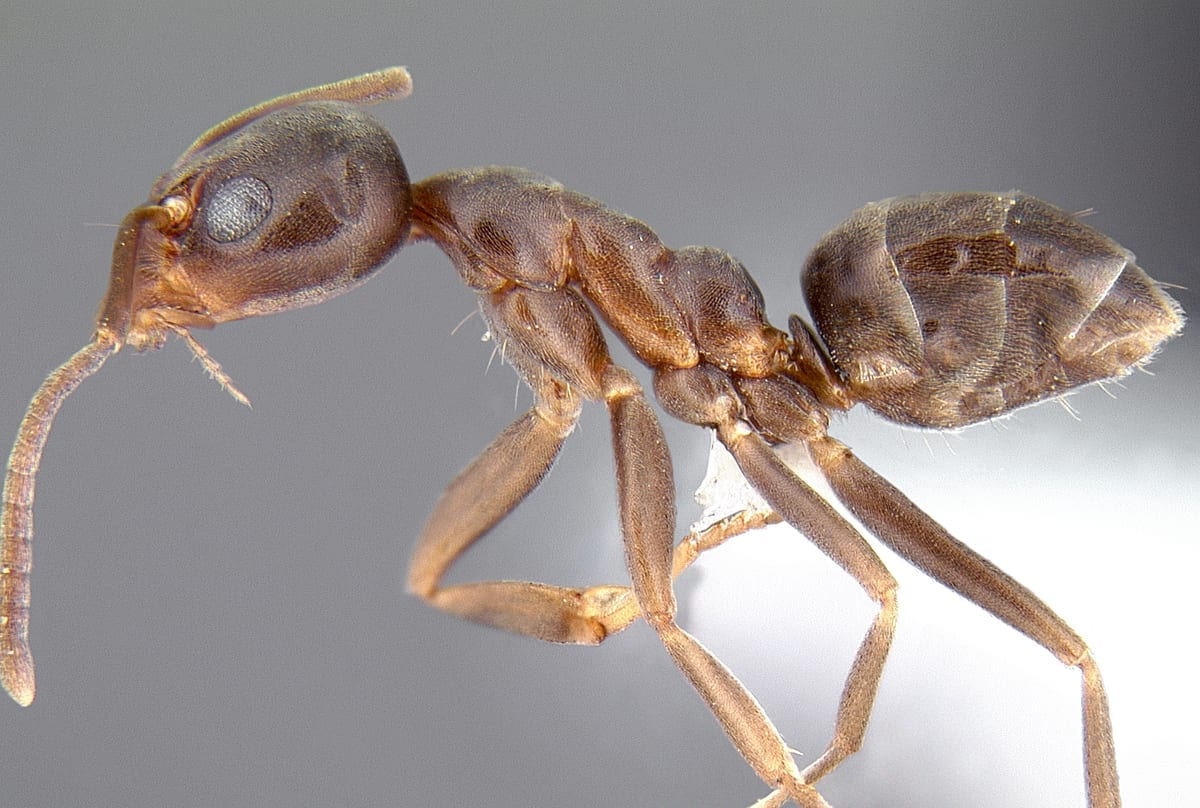
Black House Ant
(Ochetellus glaber)

Bull Ant
(Myrmecia)
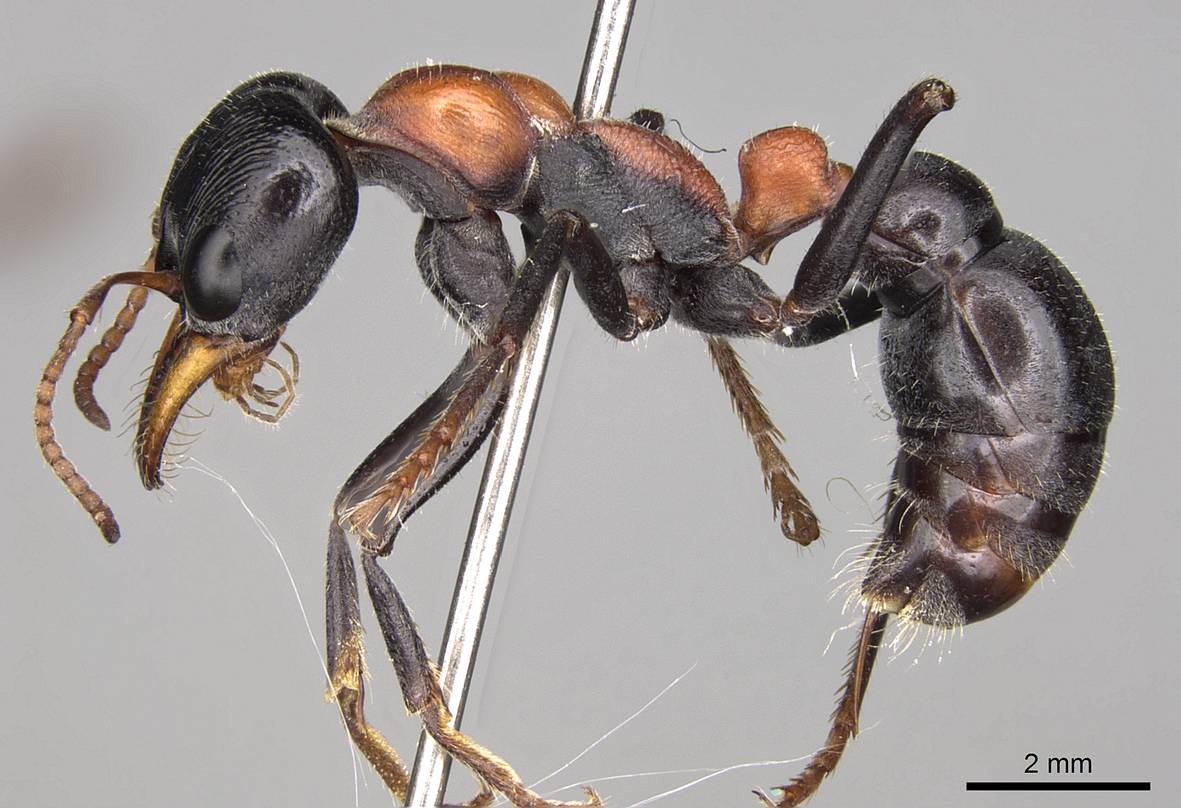
Coastal Brown Ant
(Pheidole megacephala)
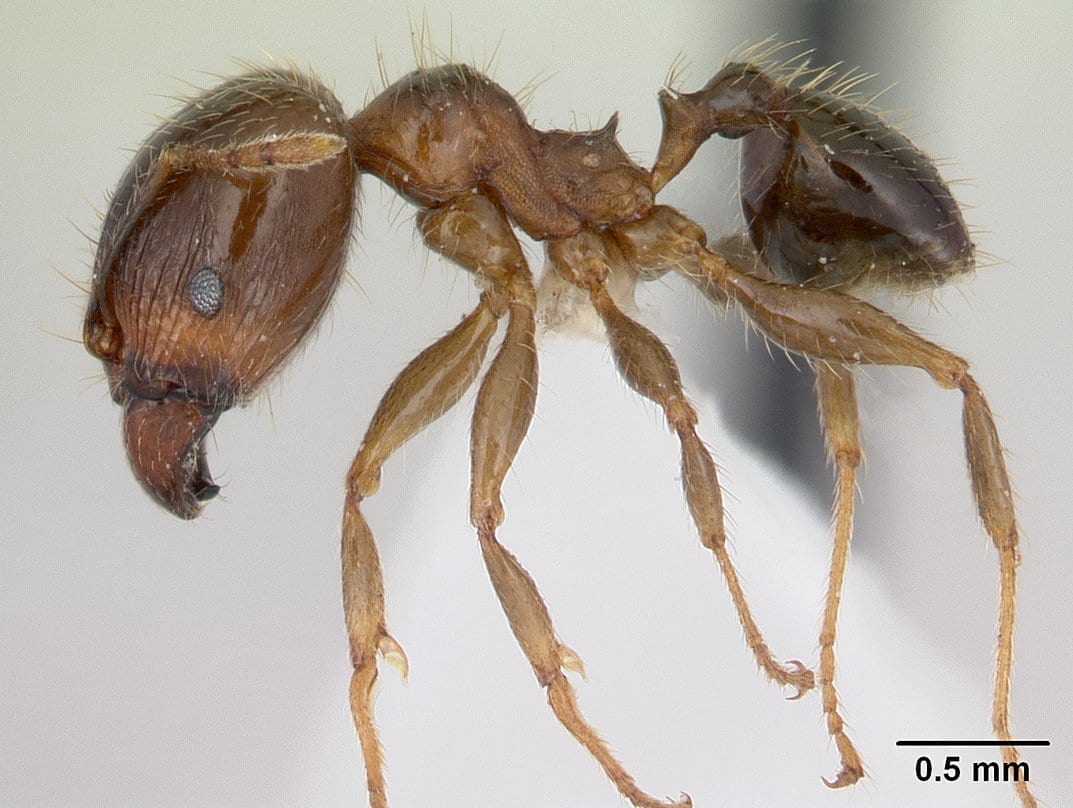
Fire Ant
(solenopsis)
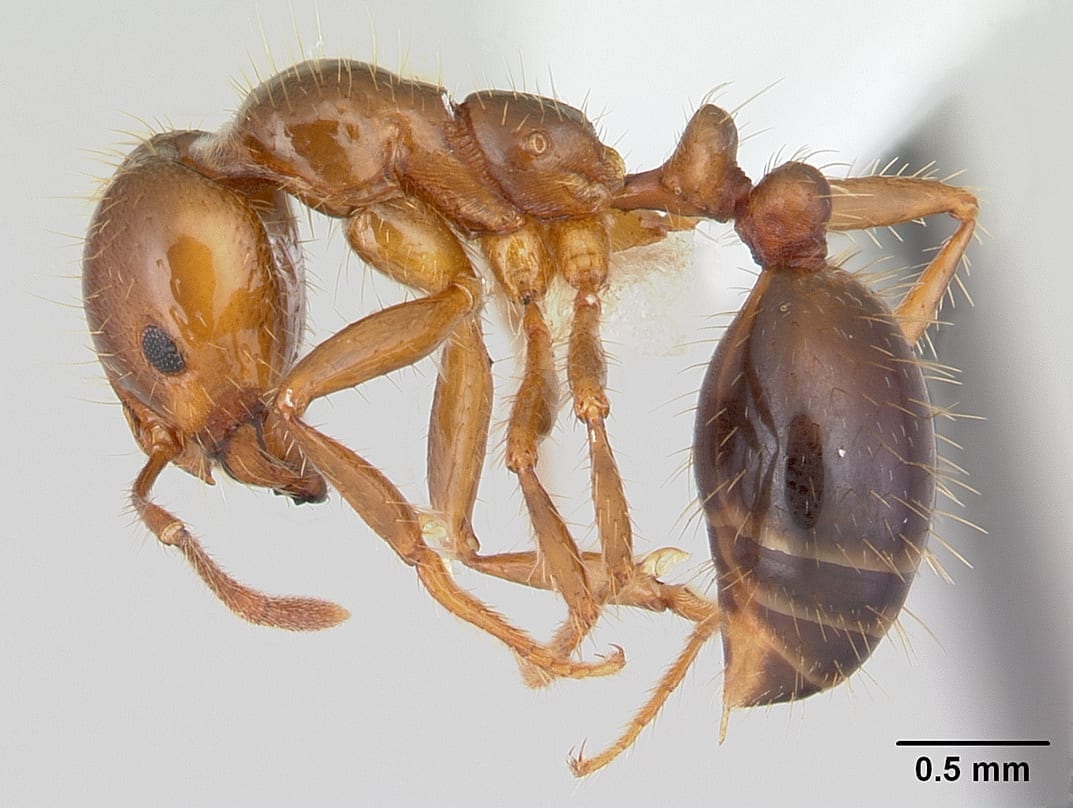
Funnel Ant
(Aphaenogaster)
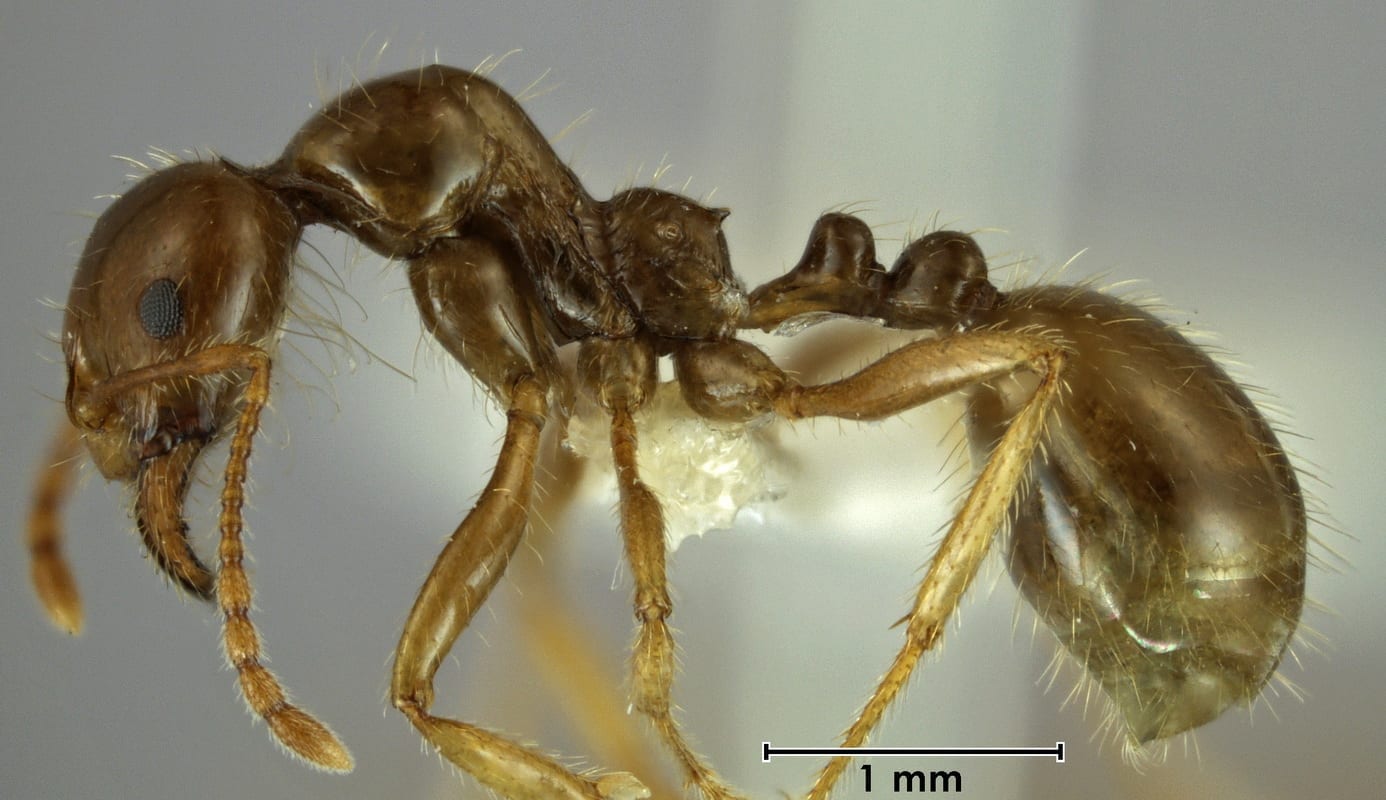
Green Ant
(Aphaenogaster)
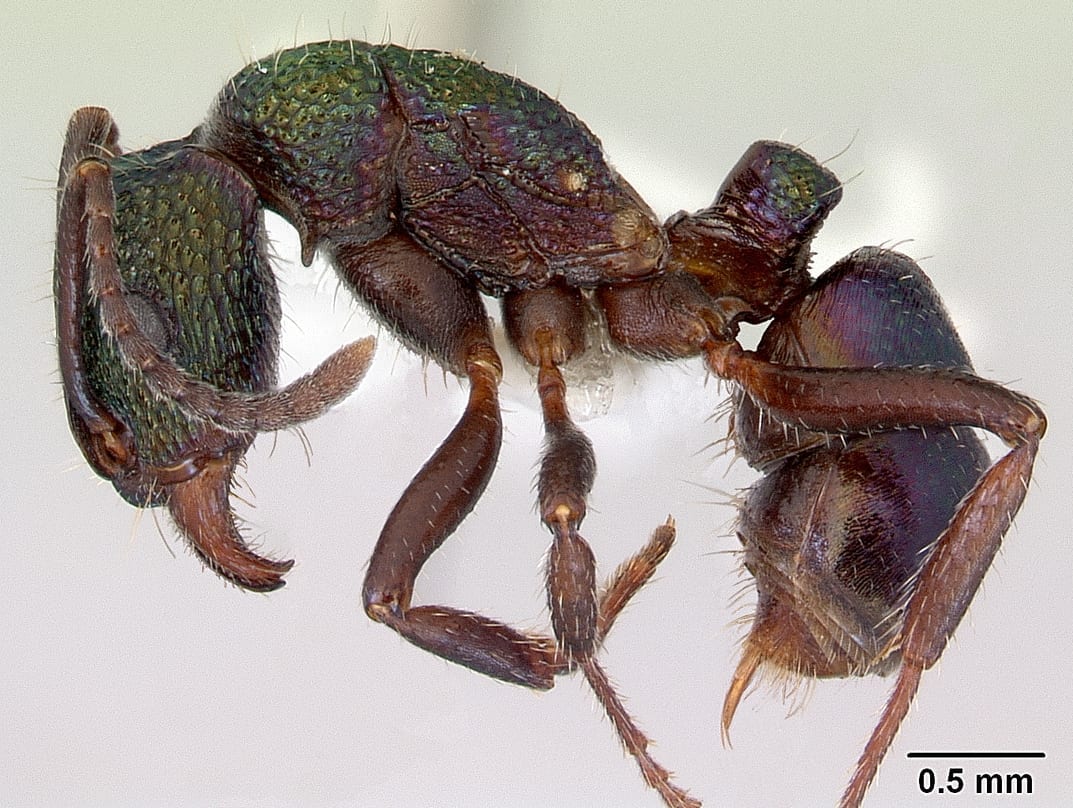
Pharoah Ant
(Monomorium Pharaonis)
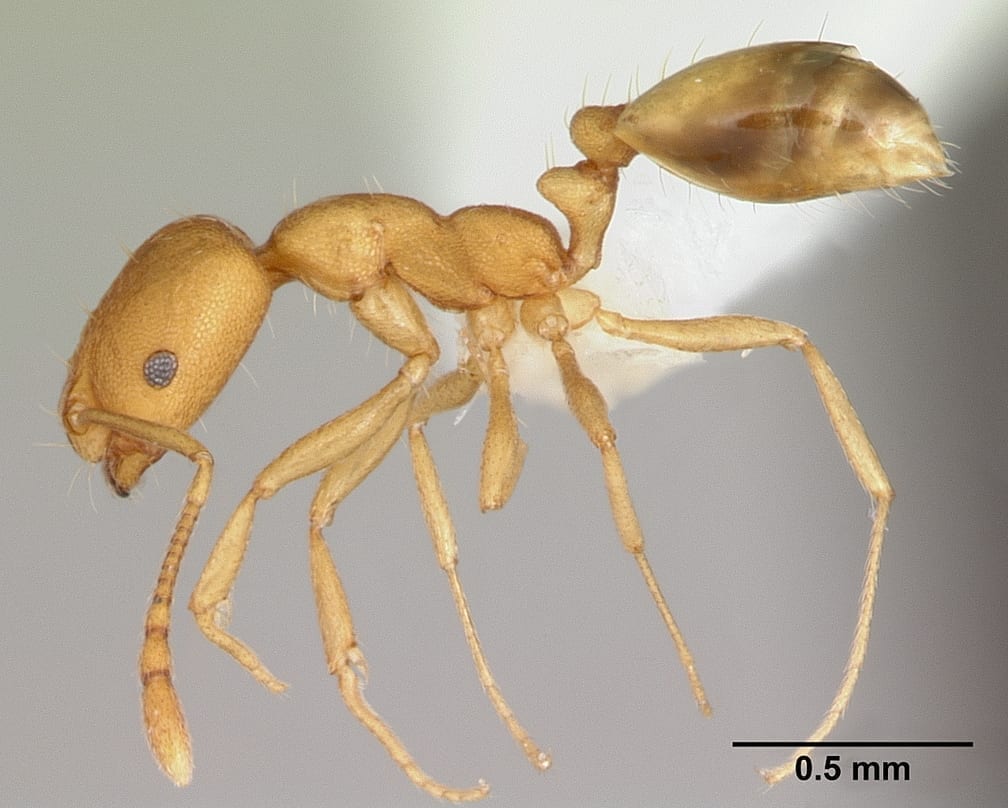
Singapore Ant
(Trichomyrmex destructor)

